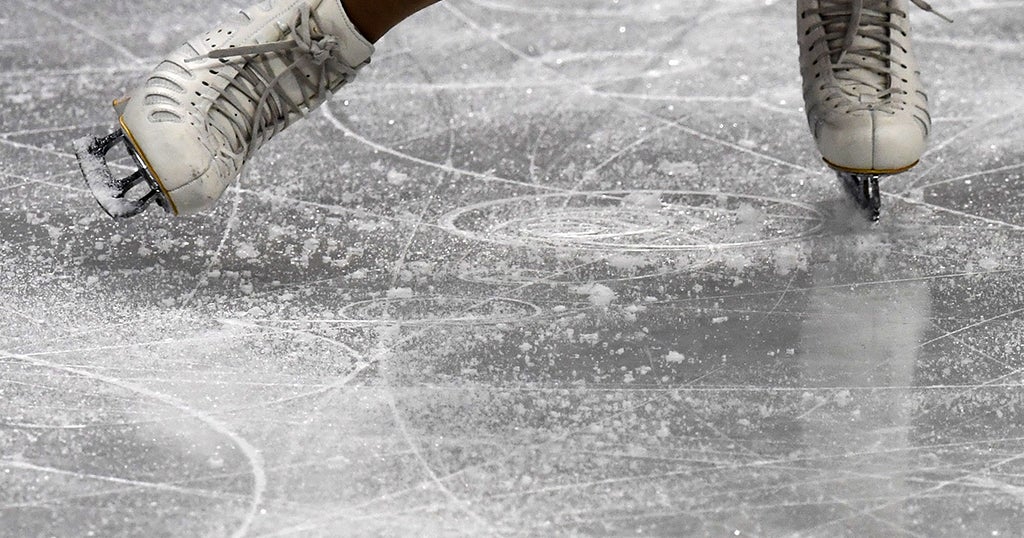Hey Ray: The Heat Budget
PITTSBURGH (KDKA) - We always appreciated questions from our viewers, and we recently received a great one!
Ron asked:
To get this answer, we are going to dive into budgeting, but instead of money, we are going to budget heat.
Just like your bank account, when you are losing more heat than you have coming in, your temperatures will continue to get colder and colder. Since we can't do anything to save heat outside, to start warming even more, we need to look somewhere else...the sun!
We need to look at a couple of different aspects of it, too.
First, the amount of daylight. Even though the days are getting longer after the Winter Solstice, we do not start seeing more incoming sunlight than nighttime until after the Vernal or Spring Solstice. It's that daylight surplus that starts to build up our heat account.
The angle of the sun's energy is important, too. We call that the angle of insolation.
The higher the sun's angle is over an area on Earth, the more energy reaches the Earth's surface, the more energy that reaches the surface, the warmer our weather becomes.
As a result, our temperatures typically bottom out within Mid-January, almost a month after the Winter Solstice. From there, our warming is slow until March. We typically top off temperature-wise Mid-July. That's a month after the Summer Solstice.
We have a slow cooling until September when the cooling kicks into high gear. So, just like a bank account, when we get more sunshine coming in, our temperatures will really begin to heat up.










